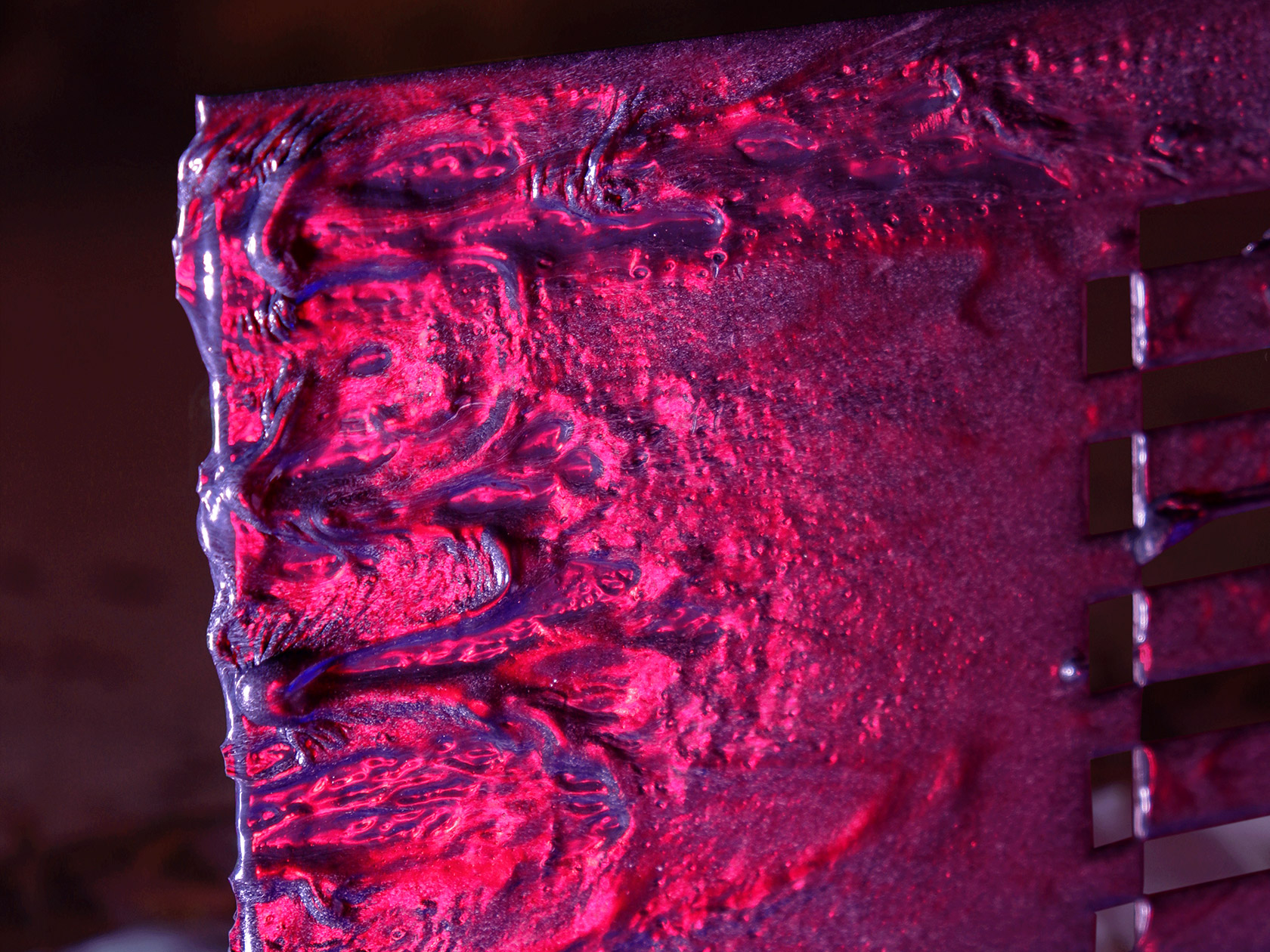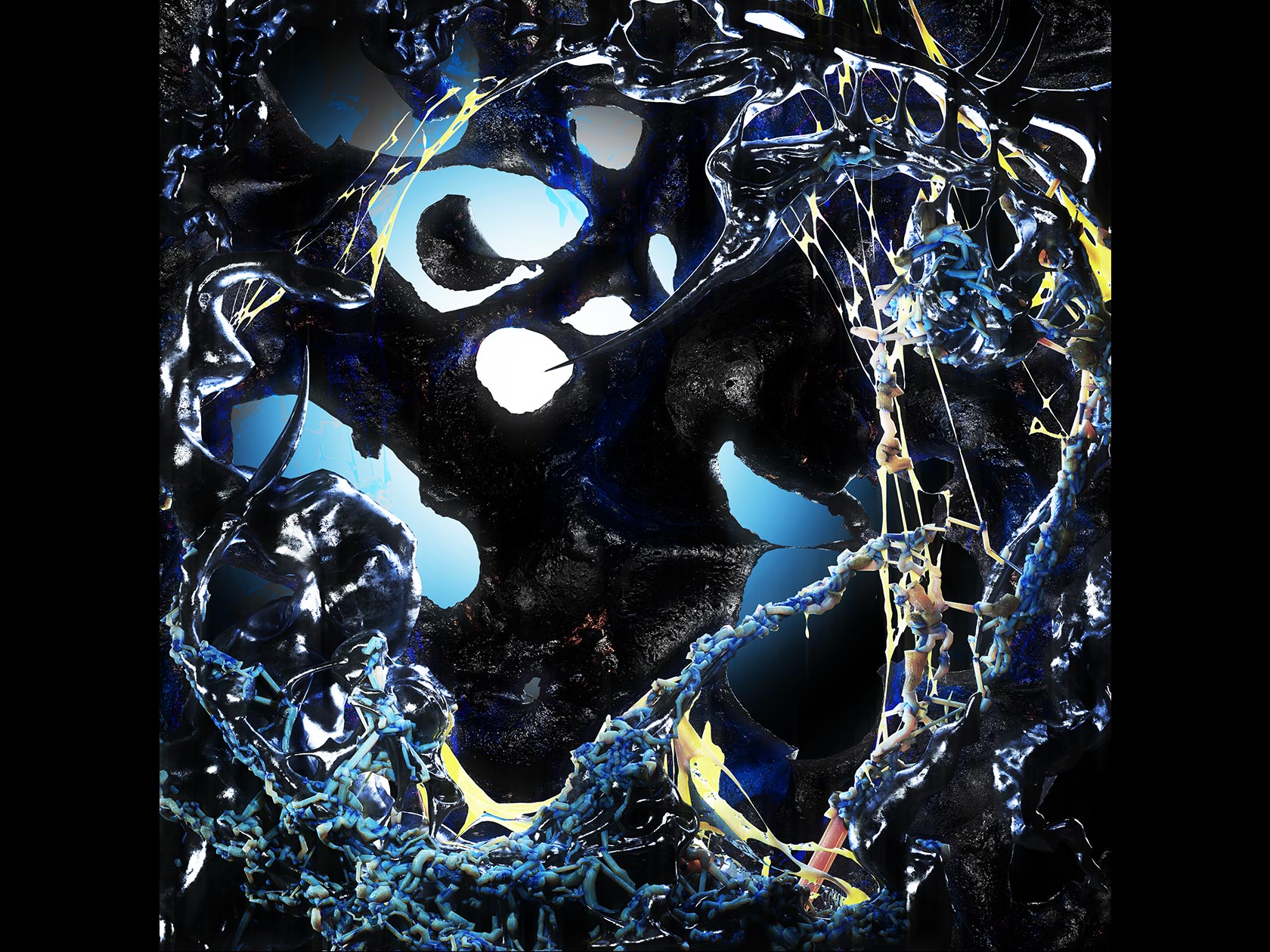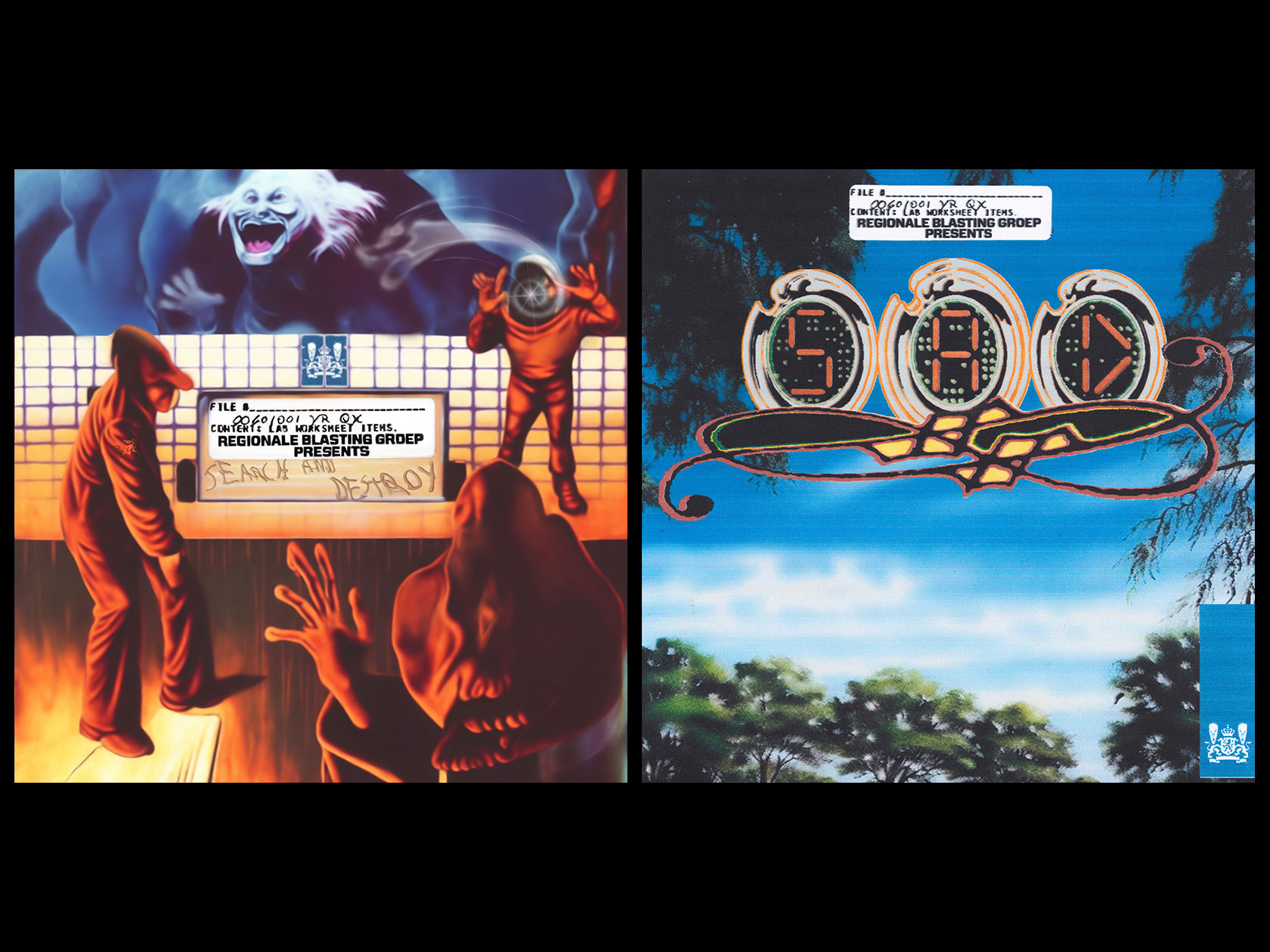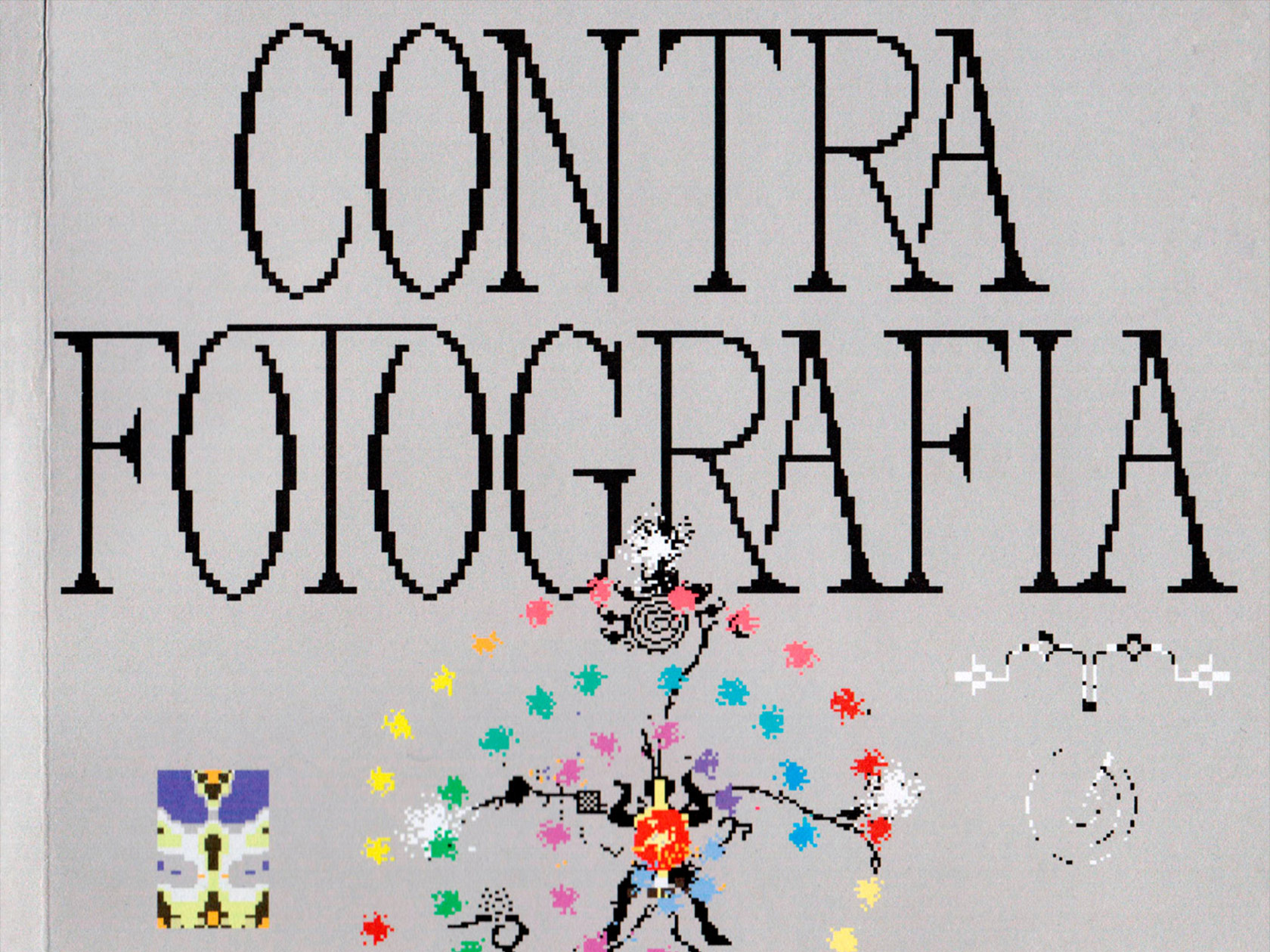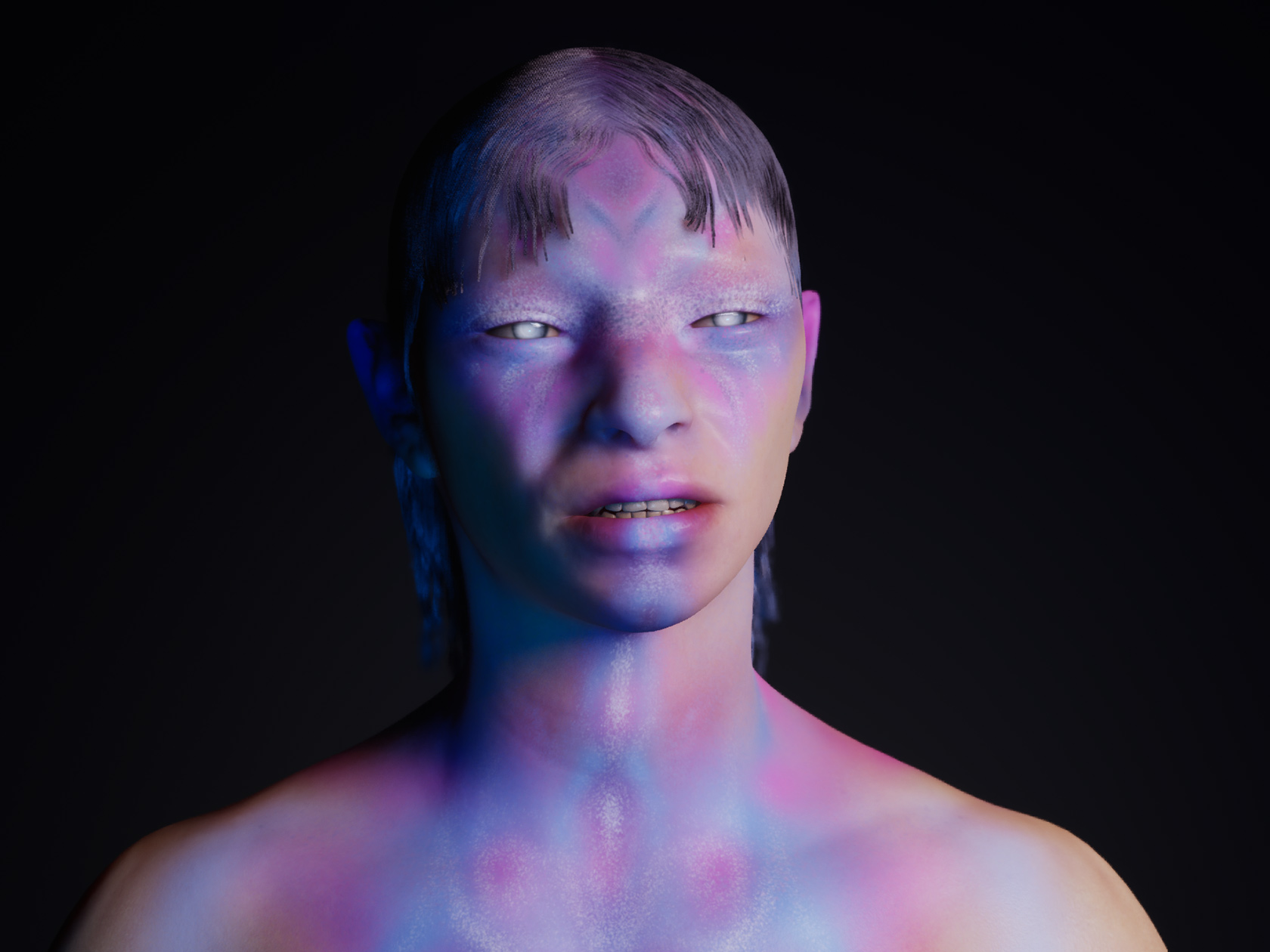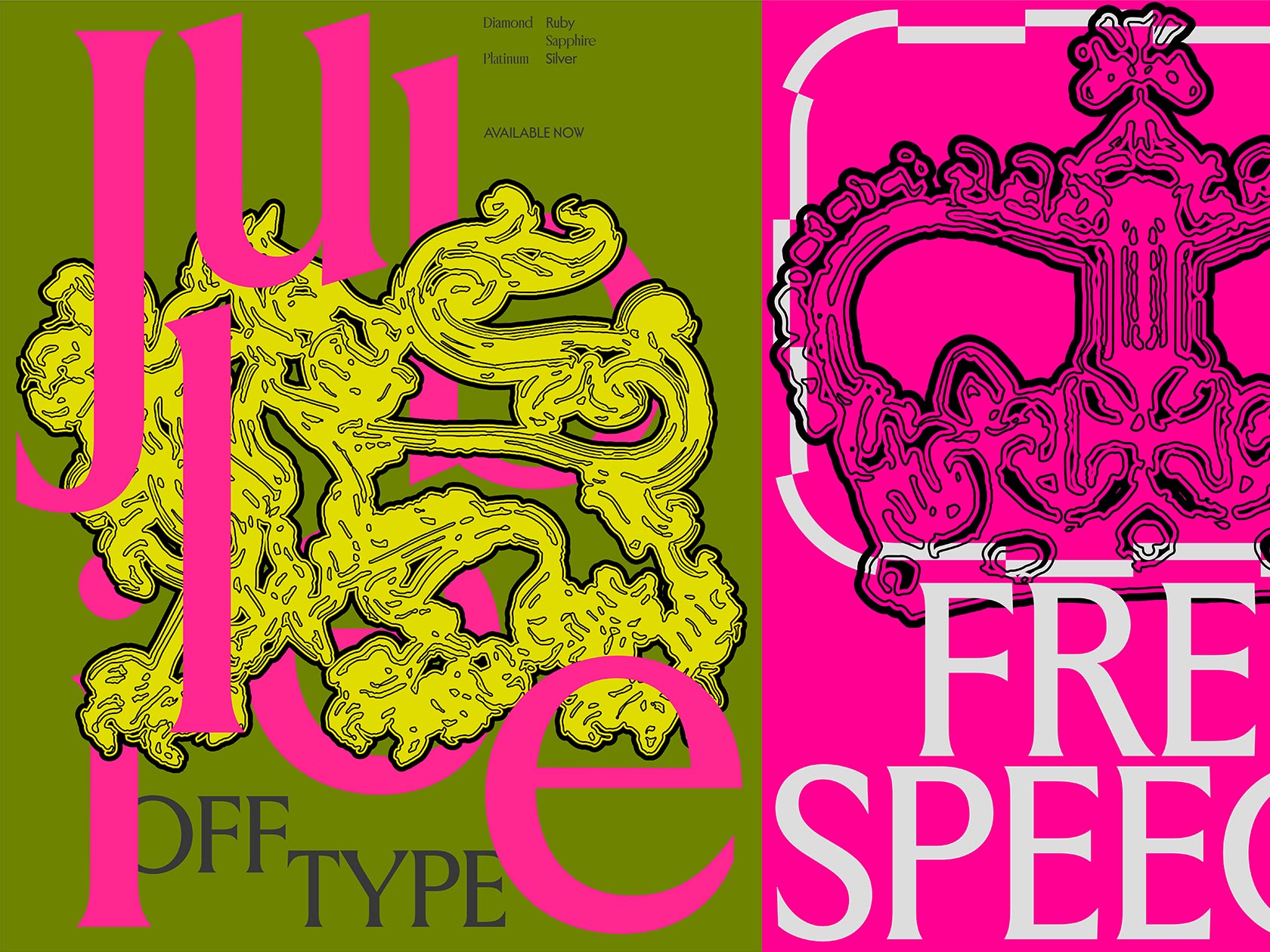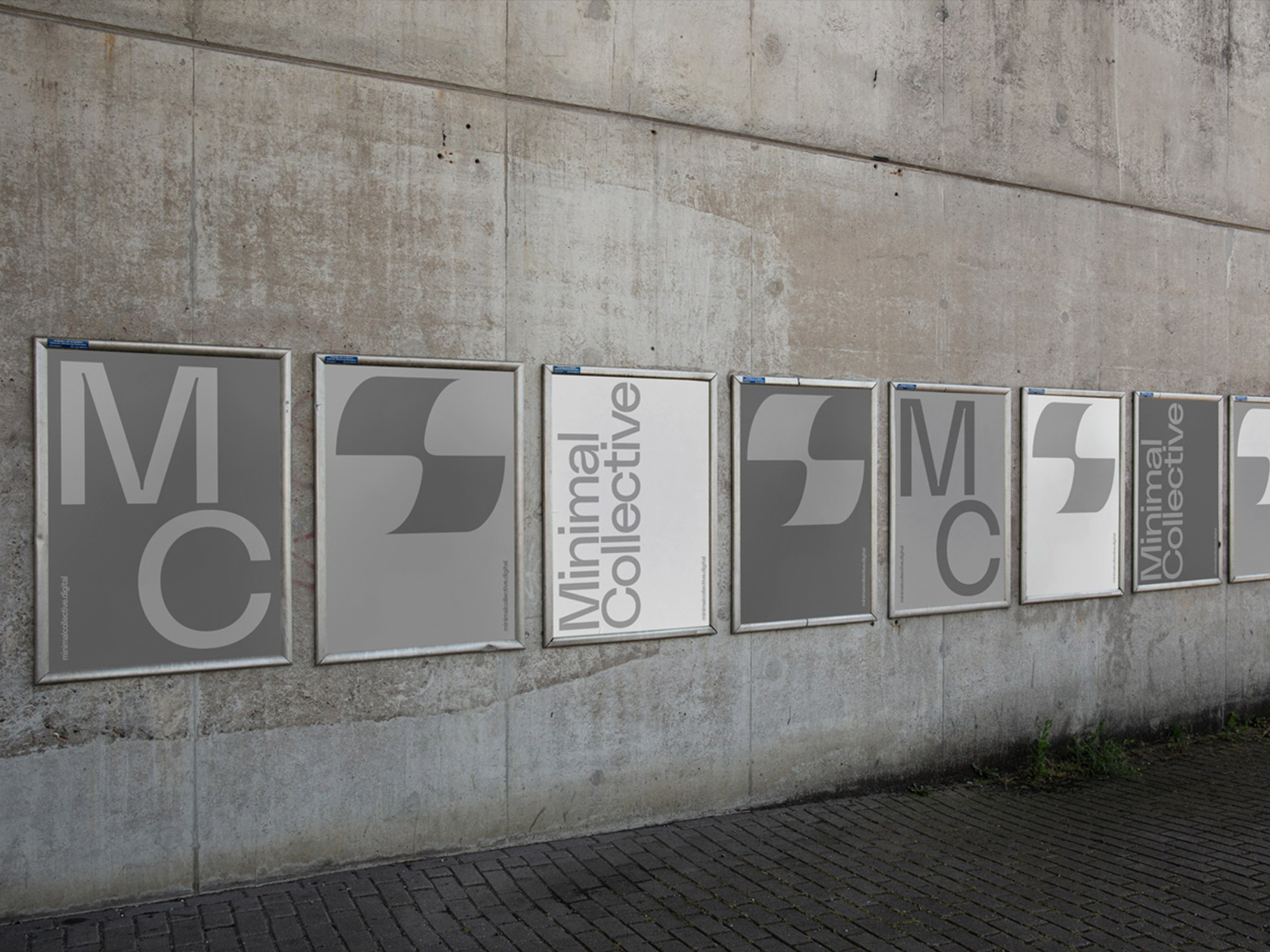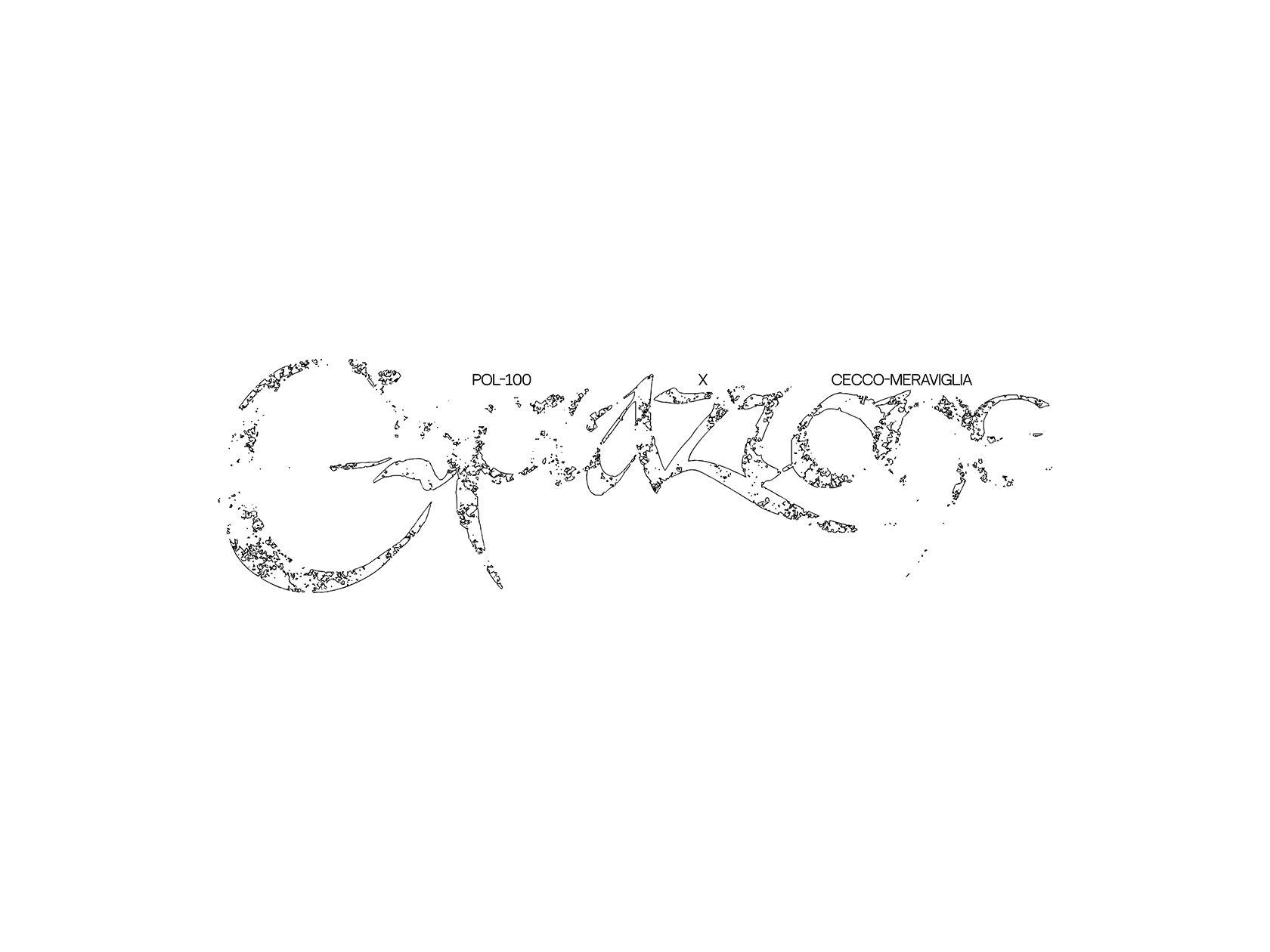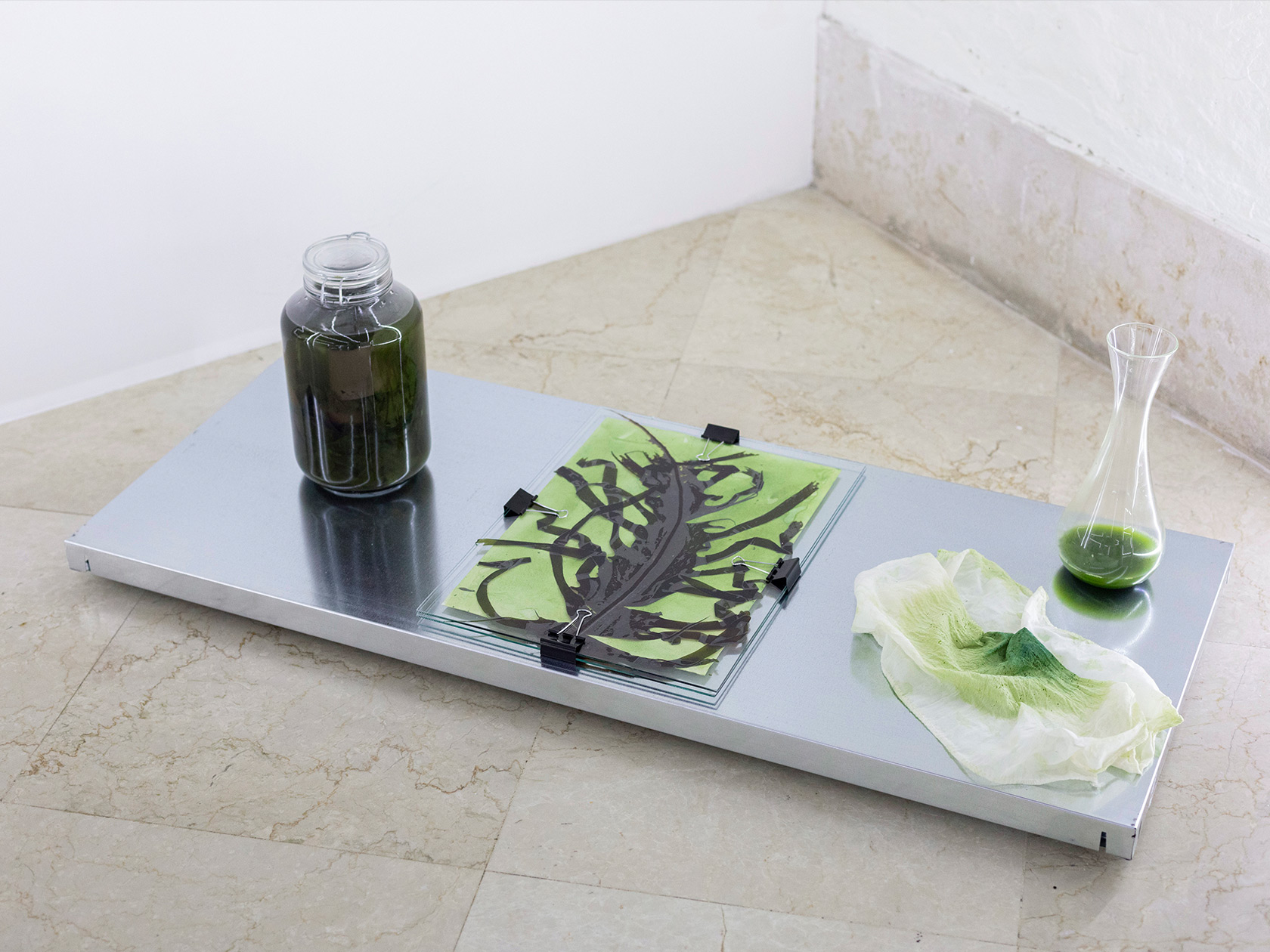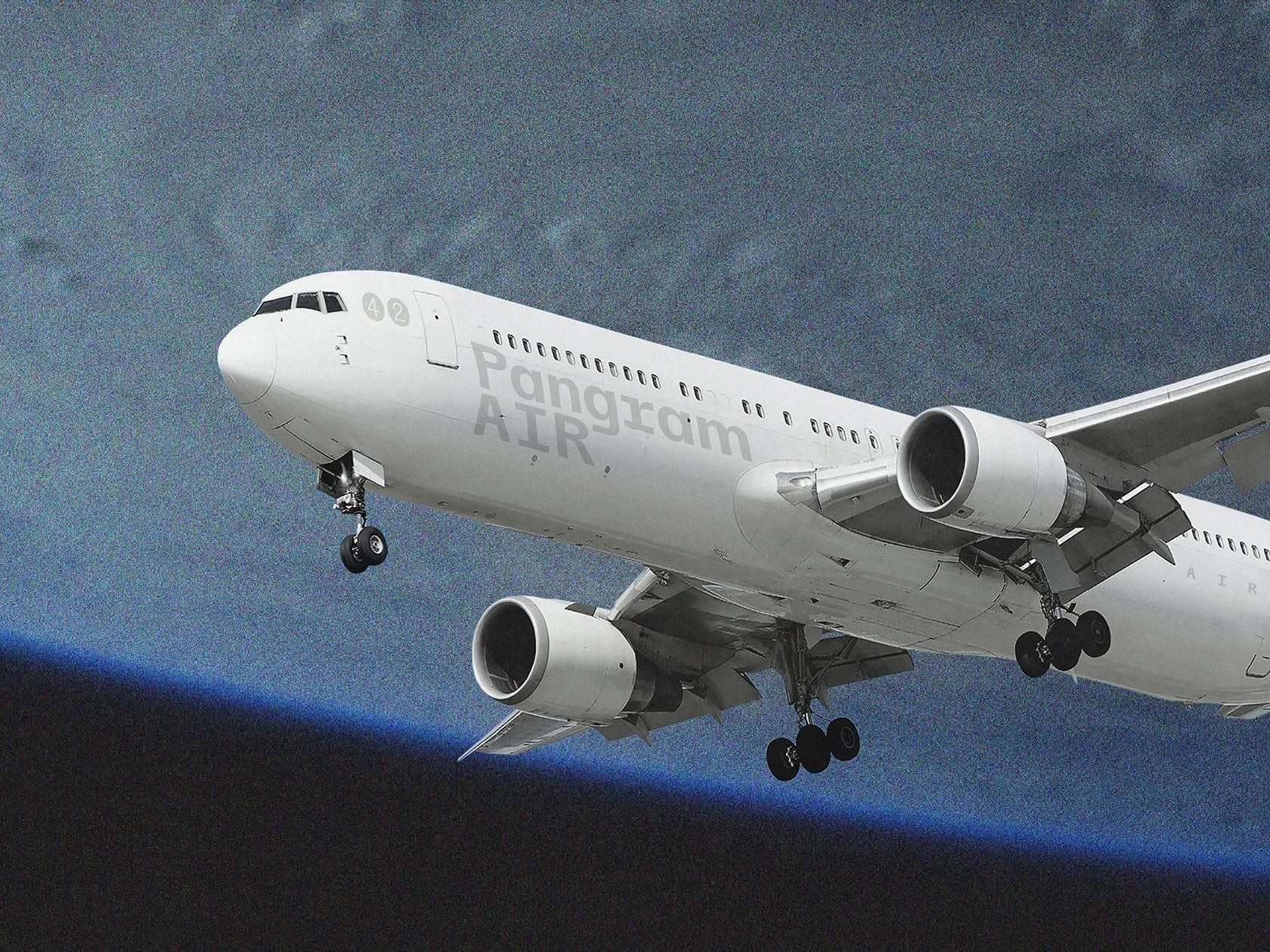In 2020, Manchester duo WEȽ∝KER made themselves known by releasing their EP GULP, positioning themselves among those artists exploring hyperreality in and through music. WEȽ∝KER which stands for Wet Locker was founded by Guillaume Dujat and Joe Beedles in 2018. Apart from being an electronic music producer and freelance composer, Guillaume Dujat works as a technician for the University of Manchester NOVARS research center with a specialty in spatial 360 audio. Joe Beedles is an artist and musician working with audio, laser, lights, and video.
Their latest release ENHANCER, released on Italian label OOH-sounds is characterized by a bubbling and drippy atmosphere that runs through all 9 tracks. The album’s artwork is the result of an all-Mancunian collaboration with sculptural artist Nicola Ellis. Hailing from a family of machine operators and steel industry service engineers, Nicola is a visual artist and recently dubbed ‘dead powder virtuoso’. Her work is predominantly sculptural but has recently taken a turn toward interfering with digital information and systems. She spends a lot of time deep in the guts of manufacturing and scientific research processes. The artwork was then photographed by Glen Cutwerk and Bazz Patel, shot in the spleen of Manchesters The White Hotel.
We talked with Nicola and WEȽ∝KER about their collaborative process behind the album and the current experimental music and art scene in Manchester.
Hey there, Guillaume and Joe! ENHANCER is by far not your first collaboration. Please tell us how the two of you met and a bit about your history of working together as WEȽ∝KER.
WȽ: We’d shared the same bill performing separately a few times prior, but only really got talking after this happened a few times. Many falafel-induced sound baths later we released GULP and our fate was sealed. Just a general appreciation for high-quality batshit sounds and fun music, along with the ease of working together, shared vision for what we want to make, and a pallet for mezcal.
Guillaume, Joe and Nicola, you are all based in Manchester. How would you describe the creative scene, and—in particular—the experimental art and music scene, there?
WȽ: Manchester is probably one of the better offerings in the UK for experimental art and music, this comes with the usual lack of spaces and funding being a northern city amidst rampant development. Many places have now shut down and are in the process of being pushed out, but the scenes continue to adapt with the many talented people calling Manchester home. One of the few venues seeming able to still take risks is The White Hotel as many have now been shut down by developers, which is a shame really, there used to be a lot more.
N: The art scene is bubbling away here and I agree that there is increasing tension between building/land development and the creative scene keeping a foothold in the center, but people are finding a way. At the moment there is definitely an upwards wind from artists pushing what they are doing and aiming for with their work and practice. Interdisciplinary collaborations are also on the rise between visual artists, musicians, industry and research, which is really exciting and worth keeping your eyes peeled for. We do have a history of invention and innovation in the North West 😉
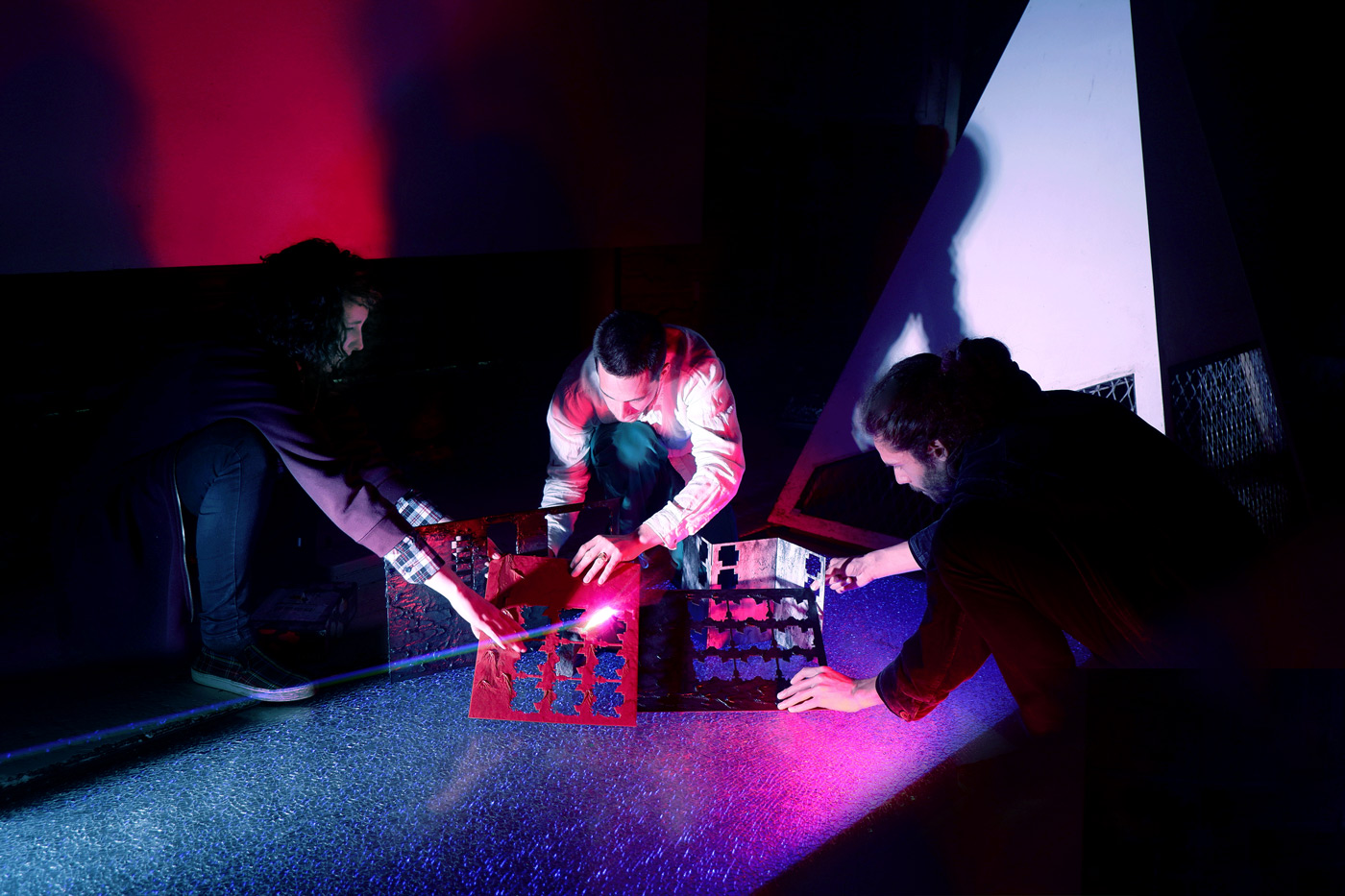
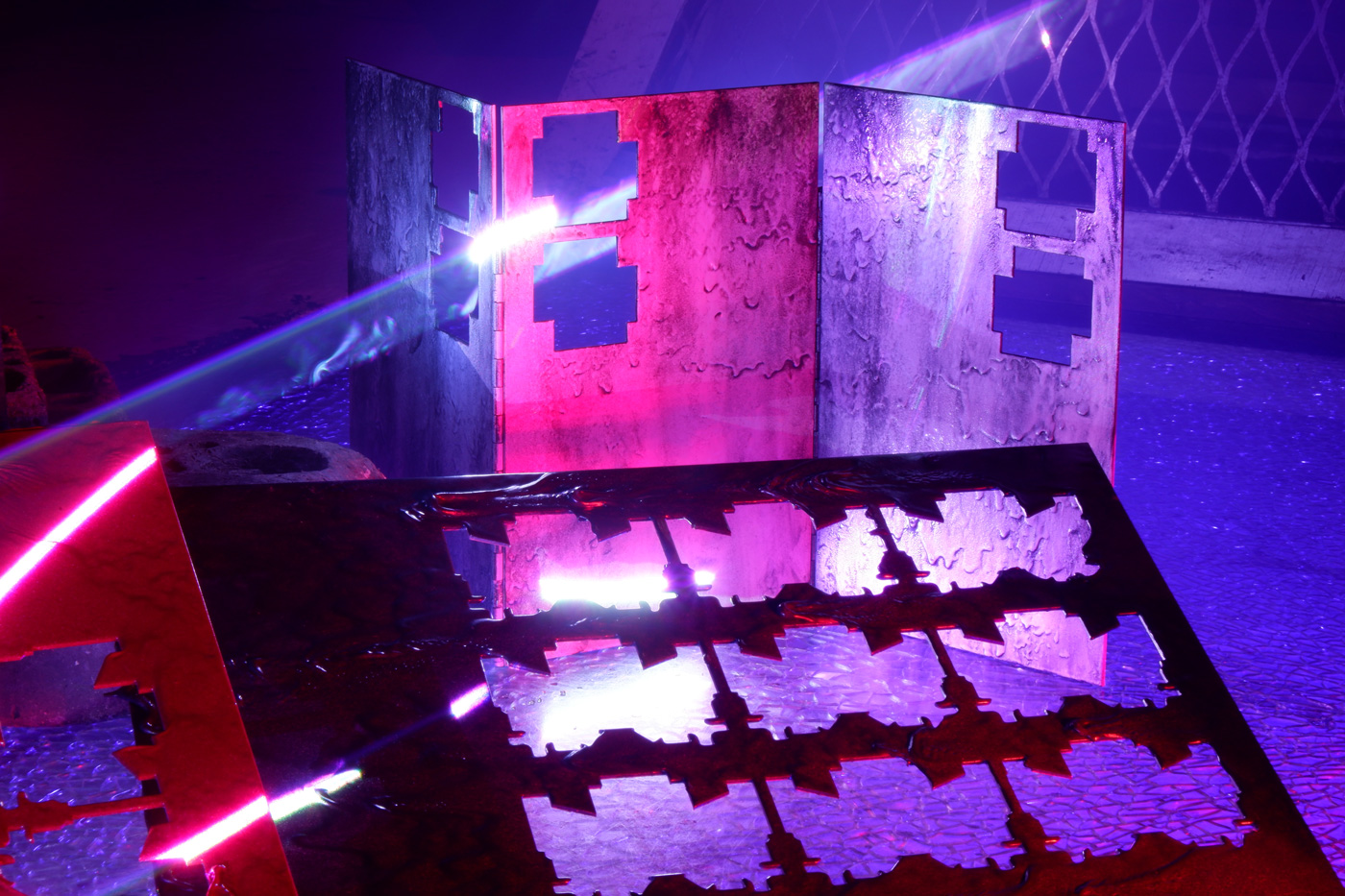
The White Hotel seems to be an important venue for you and your crew and it was also where the artwork was shot. What role does the venue play for you and for the Manchester scene?
WȽ: It’s an unusual space located in an industrial district on the outskirts of the city, they book interesting artists from all over the world as well as put on club nights that have been known to go on until Monday. We’ve both played there together and independently, Joe also worked there as head of lighting for a while and still does the odd shift. Good people, late nights, loud speakers.
N: For me, it’s a great-sized venue with excellent sound. The place has a lot of gritty soul and I think people go there to soak it in. It’s a much-needed antidote to the super expensive venues which people rattle around in. The White Hotel is a positive contradiction in terms – a familiar place that always has a surprise up its sleeve.
Please tell us a bit about the production process of your release. Did you follow any specific concept or did you take a more improvisational approach?
WȽ: We had some ideas of compositional approaches to explore and where we wanted to go from GULP, taking on board some new tools, instruments and patches we had adopted; hence the title, we wanted to take the bits we liked most from GULP and ENHANCE them. We really enjoy finding a balance between pristine digital synthesis and more gritty analogue recordings, finding ways to merge them cohesively so that they feel like they both belong in the same space. Arrangement is key in making the tracks feel like they’re evolving naturally and that sound sources inhabit the same environment. Concepts differ between tracks, from fried dumpling re-amplification to SpongeBob fan-mail.
Was there any specific tool or type of gear that played a key role in the production process of this release?
WȽ: The Soma Pulsar23 and Sherman filterbank have been playing together in the bath a lot for ENHANCER. Very good friends and always squeaky clean, pretty much our main instruments by this point. We’ve spent a lot of time improvising on them together, usually making their way into our live sets. Max, VCVrack, circuit bent toy keyboards, failing zoom recorders, whatever we can get our hands on. Bath water from these noise sessions is undoubtedly over every track on this album, we pour it into REAPER which in turn is our primary compositional tool. REAPER is our main tool at the end of the day.
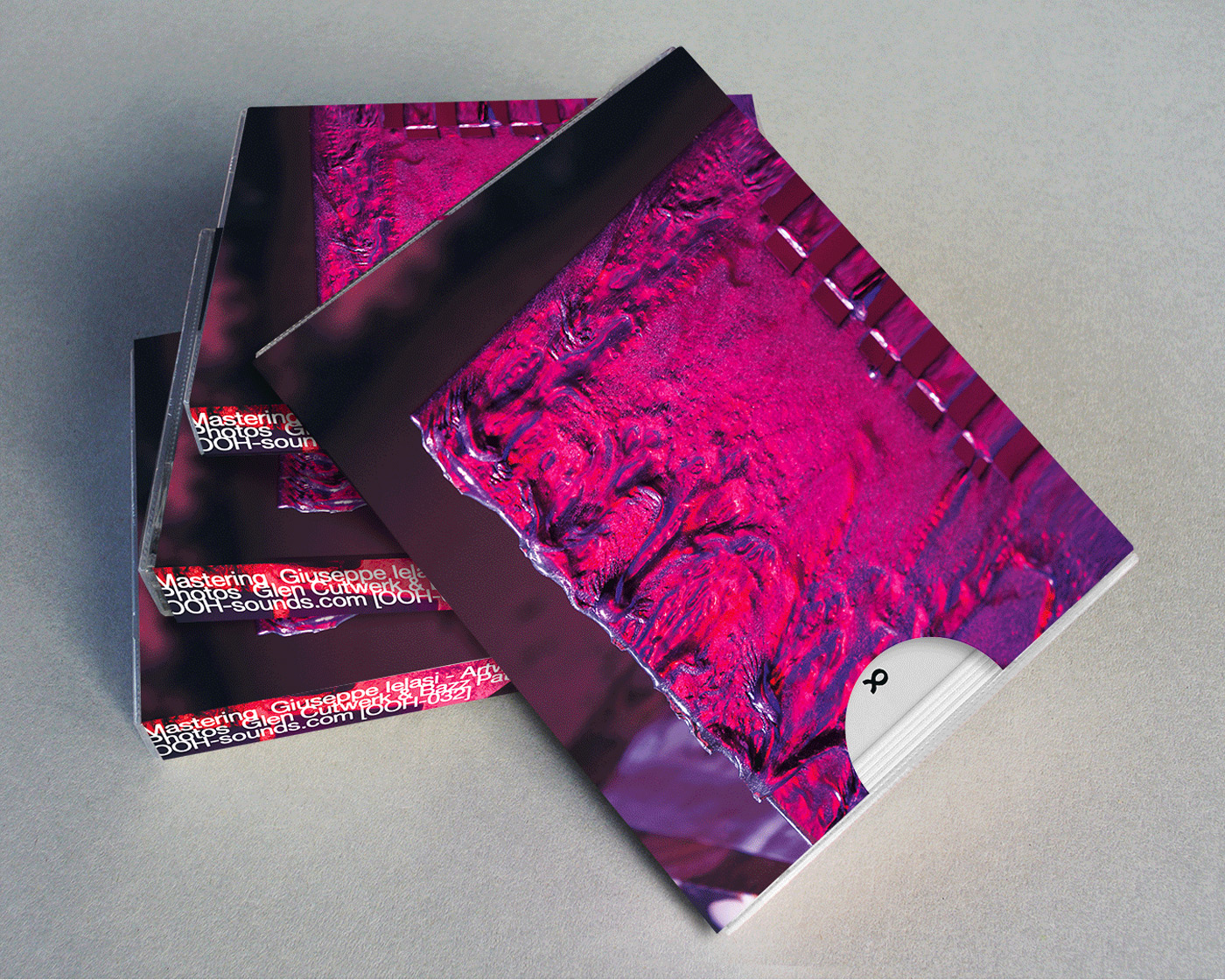
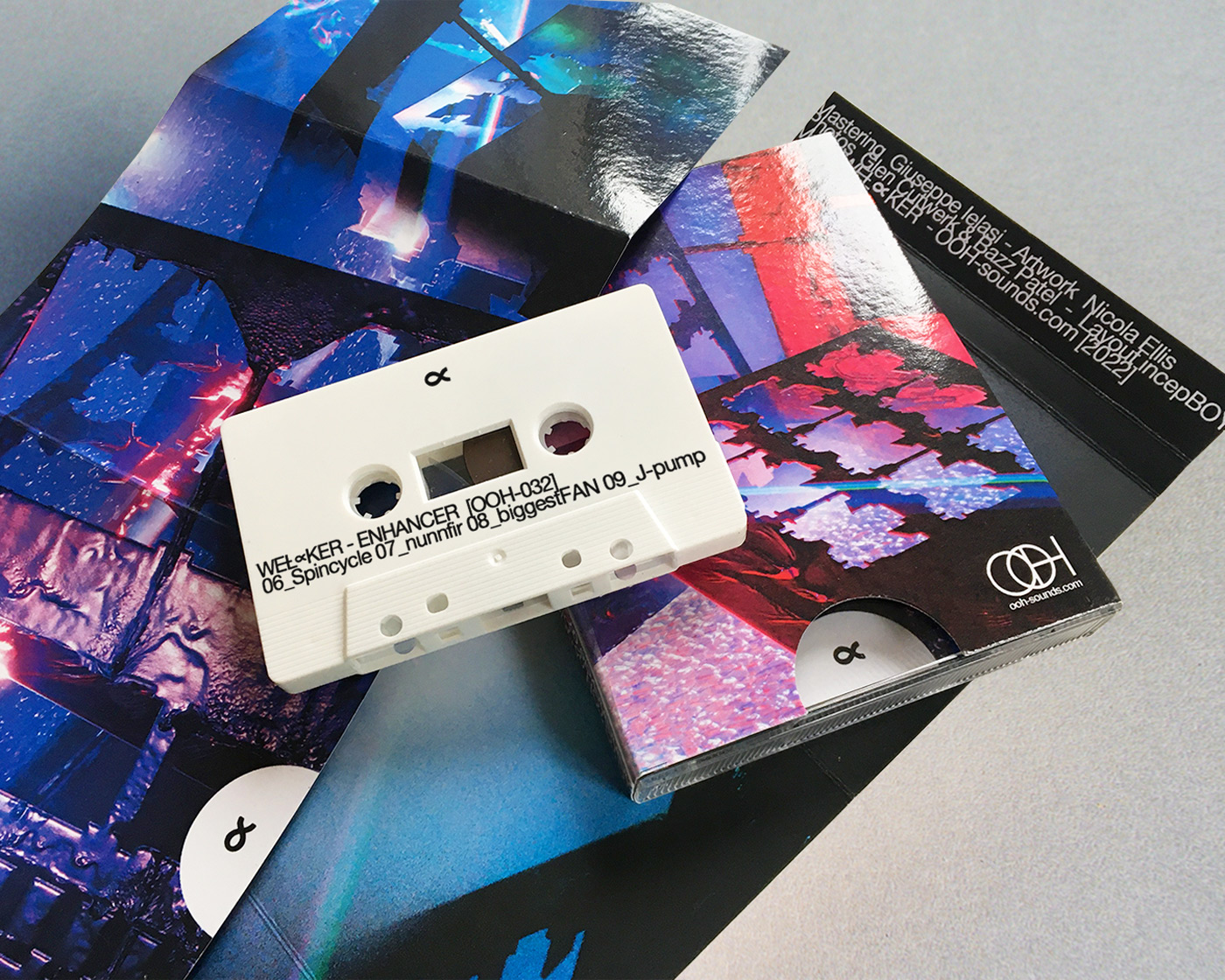
Do you normally have specific roles or responsibilities when collaborating, e.g. a certain kind of gear that each of you is focusing on in the production process?
WȽ: Not particularly, we try to only work on WL music when physically in the same space (exceptions with distancing through lockdowns where we each sent material for the other to further process & arrange, then finalizing together when back in the same room). The tracks often start as an extended series of improvisations, initially trying to focus on one sound but sprawling into other territories over the course of typically 4-6 hours recordings. These get chopped and diced down to a 2-4 min track. We are suckers for what emerges during the arrangement and mixing process, it takes up the majority of our time spent on our work.
How did the collaboration for the cover art come about?
WȽ: Shortly after releasing ‘GULP’, Joe found a picture of Nicola’s work; ‘Dead Powder Lock Box’. The relation to our name, and the GULP artwork (a gloop filled lock-box with bismuth lasers and smoke), was the perfect fit and we messaged Nicola in hopes to use it for ENHANCER. The three of us got together for a chat over a cold one at the Eagle Inn in Salford and Nicola was up for making something new for ENHANCER inspired by our shared interests.
N: Yes the lock box was a good fit but it seemed like an opportunity to make something new and more flexible than a discrete object, so we decided to go down the gloop-coated rabbit hole…
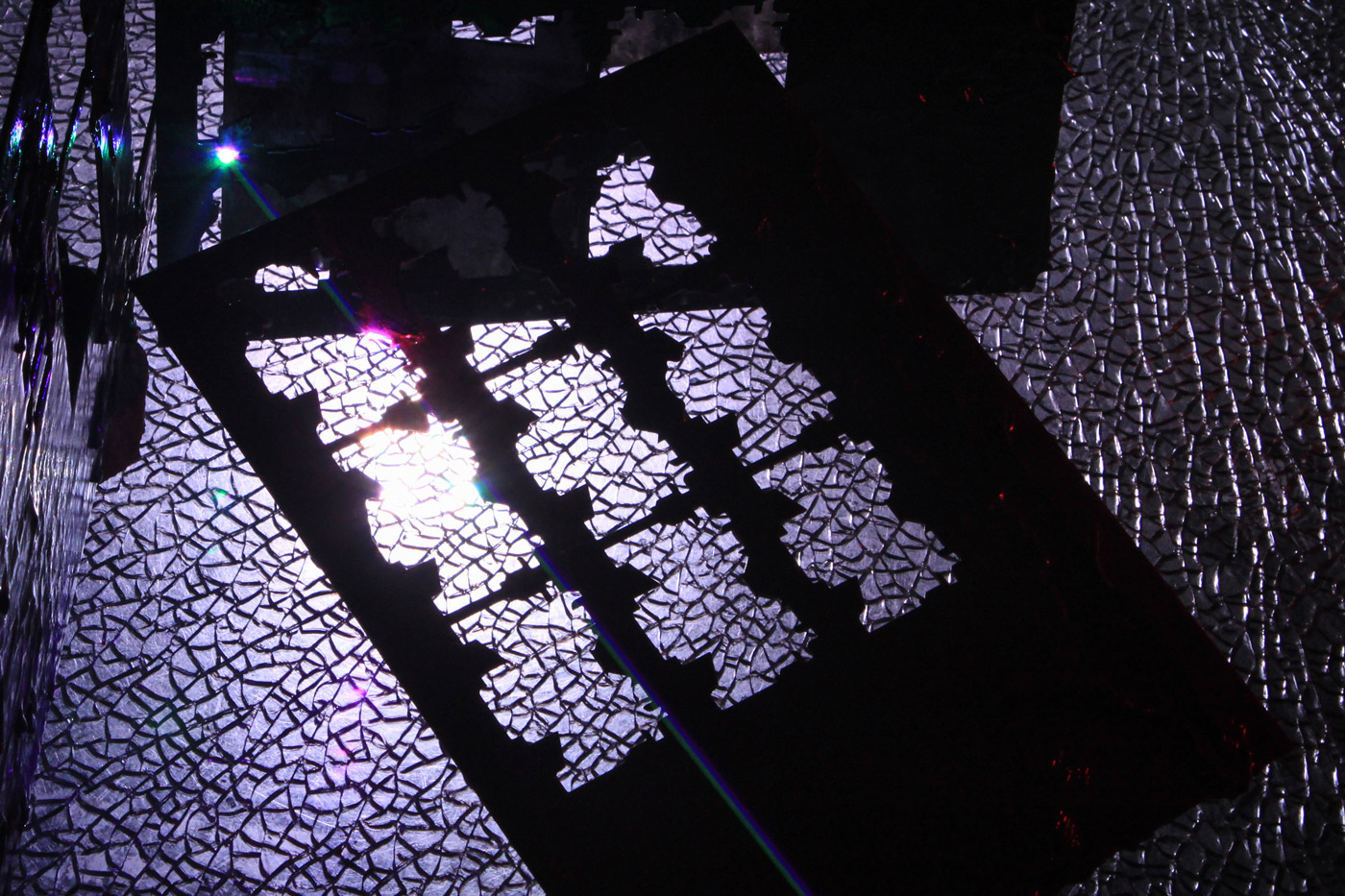
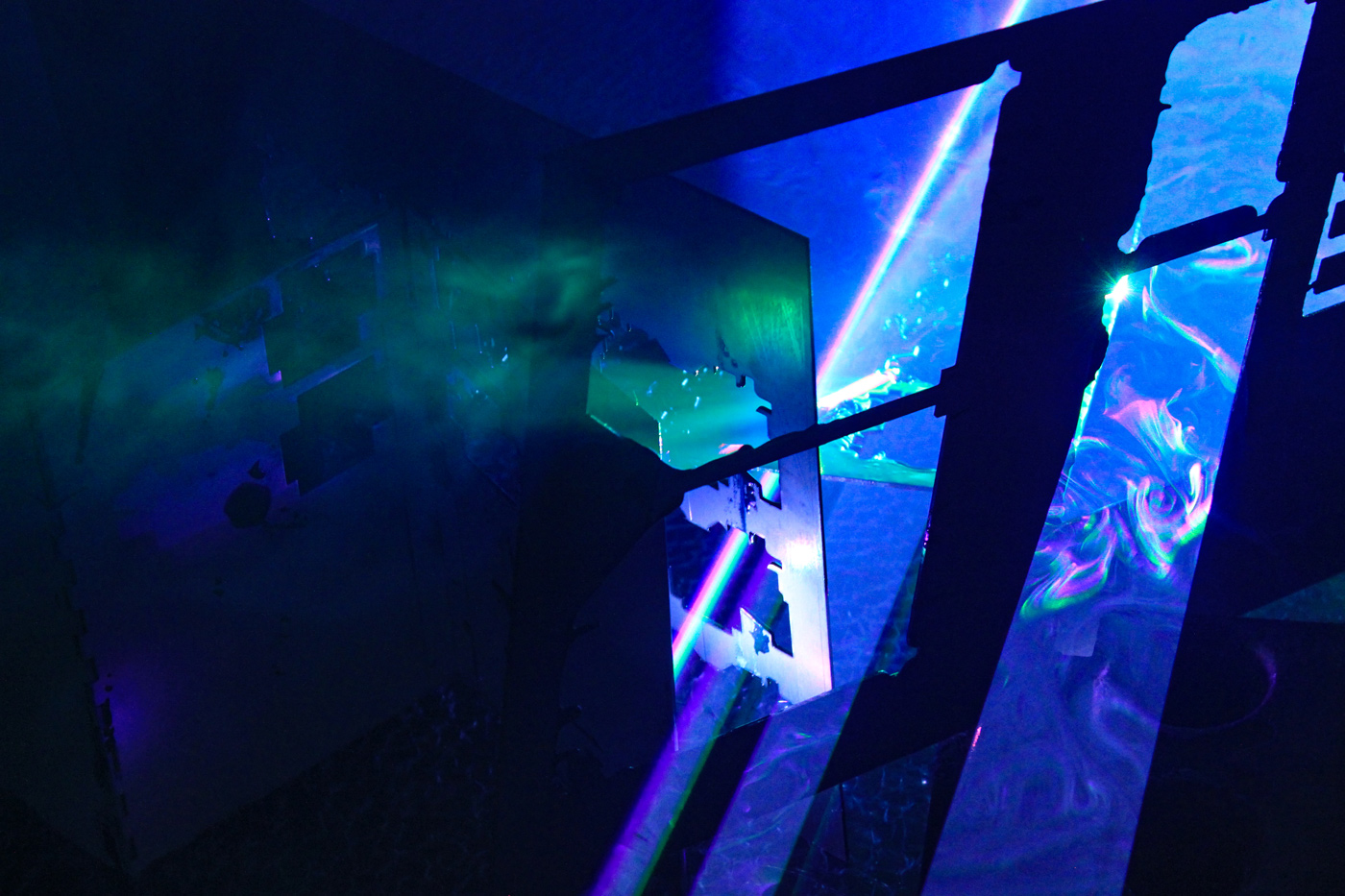
When creating the artwork, did you draw inspiration from the music of the album? Or did you develop it totally independently from it?
N: I listened to the album a lot before we all met in person for the first time although the work wasn’t made in direct response to it. We also met several times over a period of around 6 months to discuss how each of us works respectively and identified the existing overlaps. It was then possible to lean into these overlaps in the process of making the work, which I made independently in a factory about 30mins outside of Manchester. I think the resulting work is something with substantial roots in our mutual interest but also has also become it’s own thing. I think this was also carried through to the photography of the work too, so many thanks to Bazz Patel and Glen Cutwerk for cranking the juice up in that session.
Please tell us a bit more about the cover art, how you created it, and the materials used.
N: The materials used are mild steel and powder coating. There are 4 pieces in total, 3 individual panels and one piece made from 3 panels which concertina on hinges. The steel is actually pieces of scrap taken from Ritherdon & Co Ltd, a manufacturer of steel enclosures in Darwen, Lancashire where I have a permanent artist residency. The shapes missing from the piece of metal are small components which go on to be bent into shape and used to make metal cabinets. I have access to the factory ‘paint shop’ so I have been using it to experiment with powder coating for the last four years. The viscous surface you can see in the images is essentially a very thick layer of powder coating which is hard and shiny, made by unorthodox methods of applying powder coating to metal with an added bit of heat setting interference on a big industrial oven, for good measure.
You can catch WEȽ∝KER playing on the 8th of December at SOUP, Manchester.
Nicola is working on a new range of powder coating finishes for Ritherdon’s products. She is also currently building an online archive of her work made in collaboration with the Ritherdon factory, which will launch early next year.
Guillaume Dujat and Joe Beedles
Nicola Ellis
All photos shot by Bazz Patel and Glen Cutwerk

